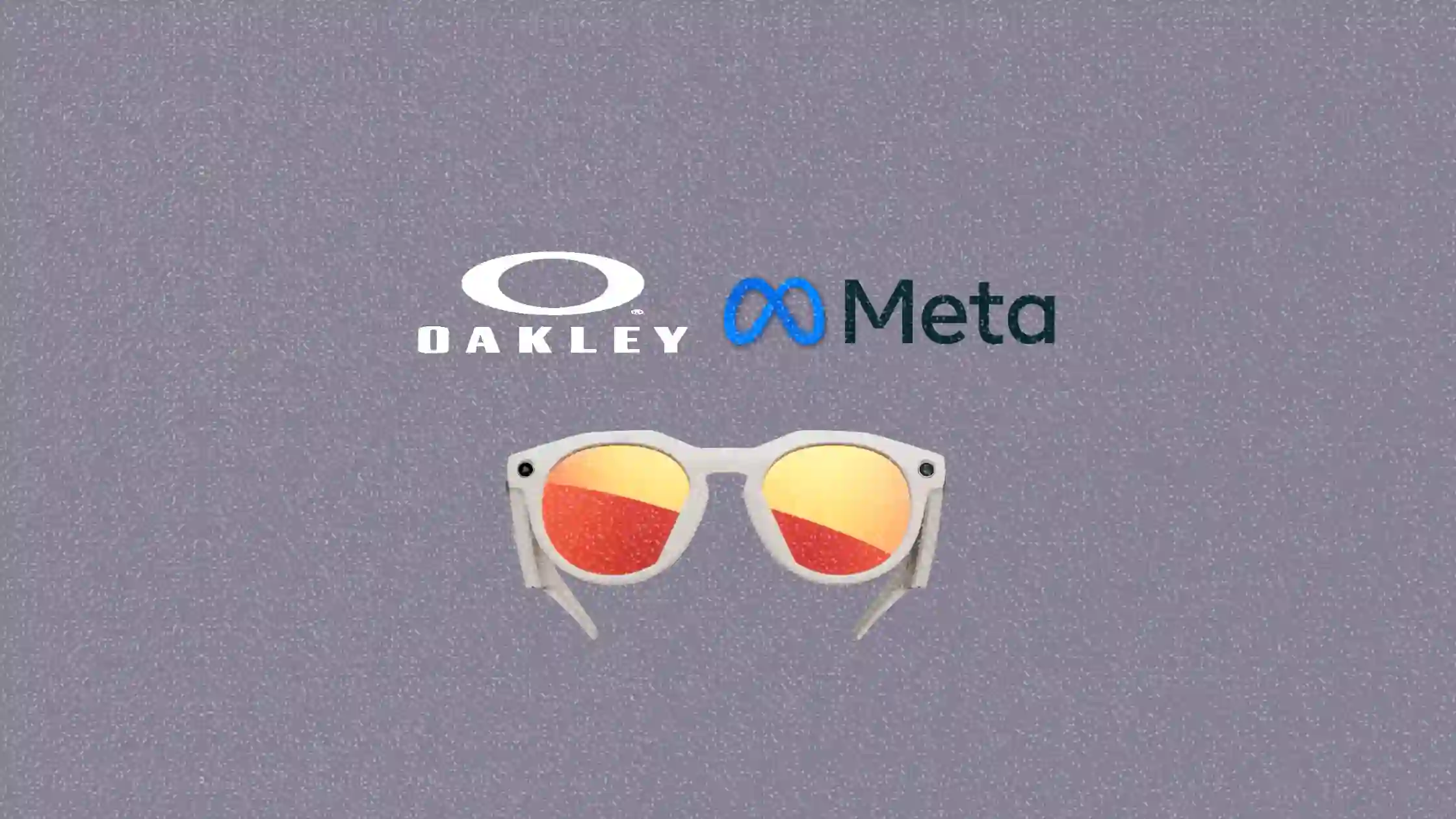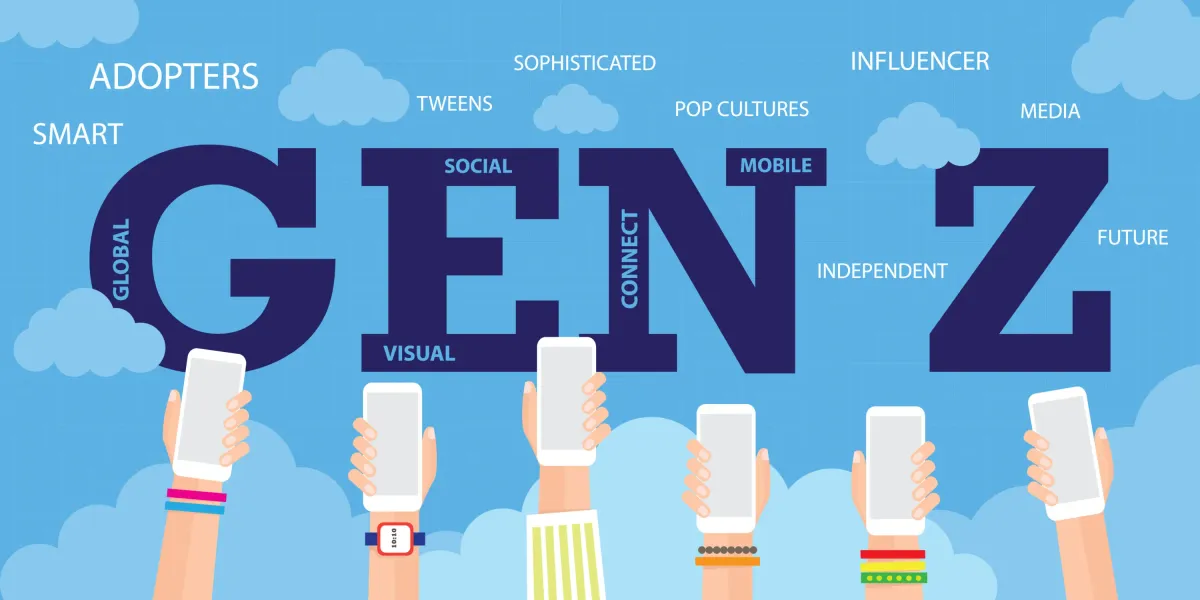Oakley dives into AI wearables with Meta partnership
Oakley enters the AI glasses race with Meta—here’s what brands should be watching

Oakley is entering the AI glasses arena in a new partnership with Meta, launching a high-performance wearable tech line aimed at creators, athletes, and lifestyle-forward consumers.
This article explores the Oakley Meta HSTN smart glasses: what’s in the product, how it compares to Meta’s existing wearables, and why marketers in fashion, sports, and tech should care.
With Ray-Ban already on board, this Oakley partnership signals Meta’s growing ambition to dominate the AI wearables category—and that could unlock new opportunities (and risks) for experiential and creator-led marketing.
Short on time?
Here is a table of content for quick access:
- What happened: Oakley and Meta unveil new smart glasses line
- Context: why this launch matters now
- What marketers should know

What happened: Oakley and Meta unveil new smart glasses line
The Oakley Meta HSTN (pronounced "HOW-stuhn") debuts on Friday, July 11, with a launch price of US$499. The rest of the collection will follow later this summer, starting at US$399.
Key product specs include:
- Ultra HD (3K) video cameras for hands-free content capture
- Built-in Meta AI chatbot assistant
- Integrated open-ear speakers
- IPX4 water resistance
- Up to 8 hours of active use and 48 hours of portable charging via case
The product will launch in 15 countries including the US, UK, Canada, Germany, and Australia. Additional markets like India, Mexico, and the UAE will follow later in the year.
To boost visibility, Oakley is backing the launch with a star-studded campaign featuring athletes like Kylian Mbappé, Patrick Mahomes, Gabriel Medina, and J.R. Smith—tapping into its deep bench of sports ambassadors under the "Team Oakley" brand.
Context: why this launch matters now
Meta’s AI eyewear ecosystem is gaining real traction. Since the October 2023 debut of Meta Ray-Ban smart glasses, more than 2 million units have sold as of February 2025. Meta is now targeting annual production of 10 million glasses by end-2026.
The Oakley HSTN launch marks a clear shift: Meta is expanding from fashion-centric smart eyewear (via Ray-Ban) to performance and action-first use cases.
For Oakley, this is also a strategic evolution—from premium sports eyewear to multifunctional, tech-enhanced lifestyle products that blur the lines between utility and entertainment. That opens the door for more immersive and creator-friendly product positioning across sports, travel, and even urban content niches.

What marketers should know
Marketers in fashion, sports, tech, and creator-first industries should be tracking this launch closely. Here’s why:
1. Smart glasses are becoming lifestyle marketing tools
With hands-free video and built-in AI, Oakley Meta HSTN isn’t just about utility—it’s about enabling frictionless content creation in real time. Expect to see these show up in creator gear lists, sports vlogs, and event activations.
2. Influencer campaigns will shift toward POV content
Athletes like Mahomes and Mbappé are already onboard. But this type of product lends itself to unfiltered, point-of-view footage—from surf breaks to urban commutes. Smart marketers will explore how to integrate their brands into this emerging format.
3. Physical product = new data stream
With Meta AI onboard, these glasses offer a potential backdoor into behavioral insights. While privacy concerns remain, the long-term play could include contextual ad targeting, eye-tracking engagement metrics, and more immersive product experiences.
4. Think beyond Meta’s platform ecosystem
While Meta powers the AI and software, Oakley brings its own lifestyle cachet. Marketers working with experiential or performance brands should view this as a hybrid product—not just another Meta device, but a fashion-tech tool for movement-centric storytelling.
The Oakley Meta HSTN launch isn’t just another wearable—it’s a signal. Smart glasses are shifting from novelty to niche utility, especially in high-energy environments like sports, travel, and urban exploration.
For marketers, that means rethinking how products, partnerships, and creator content show up in the physical-digital hybrid world. Oakley’s move into AI eyewear isn’t just about vision—it’s about visibility.





